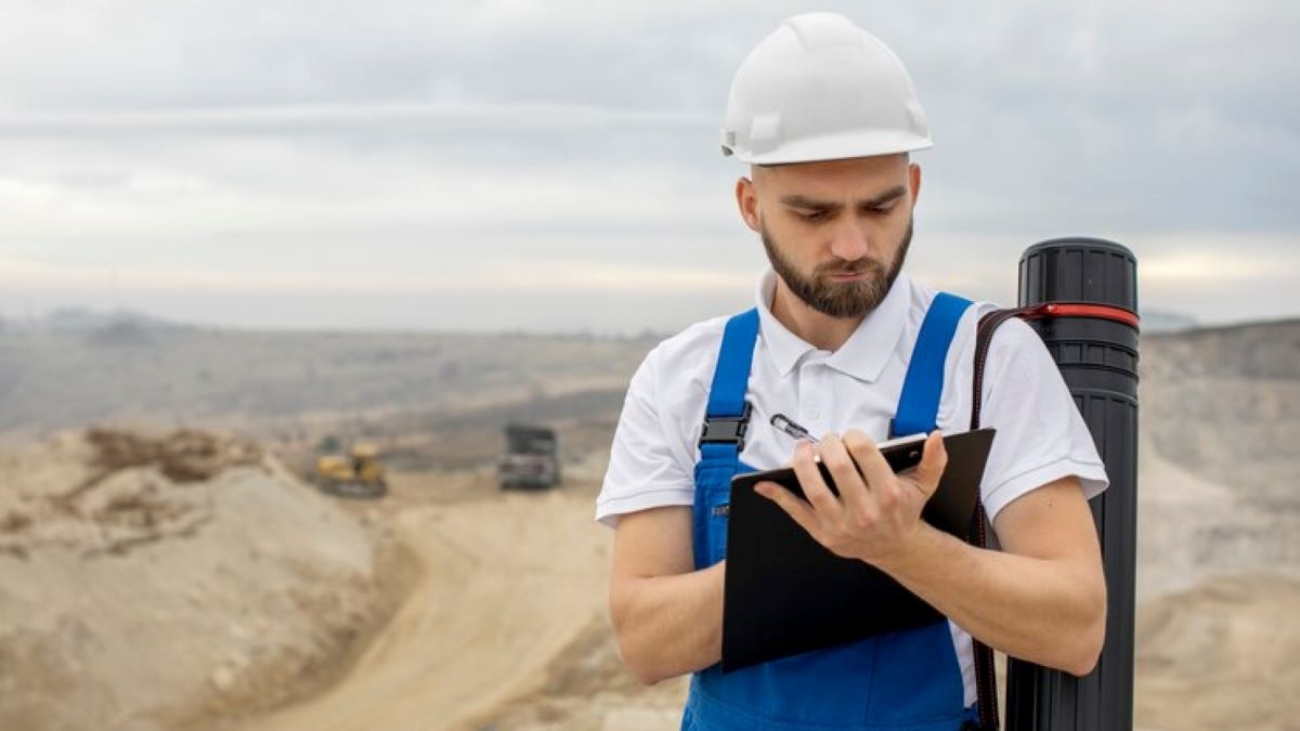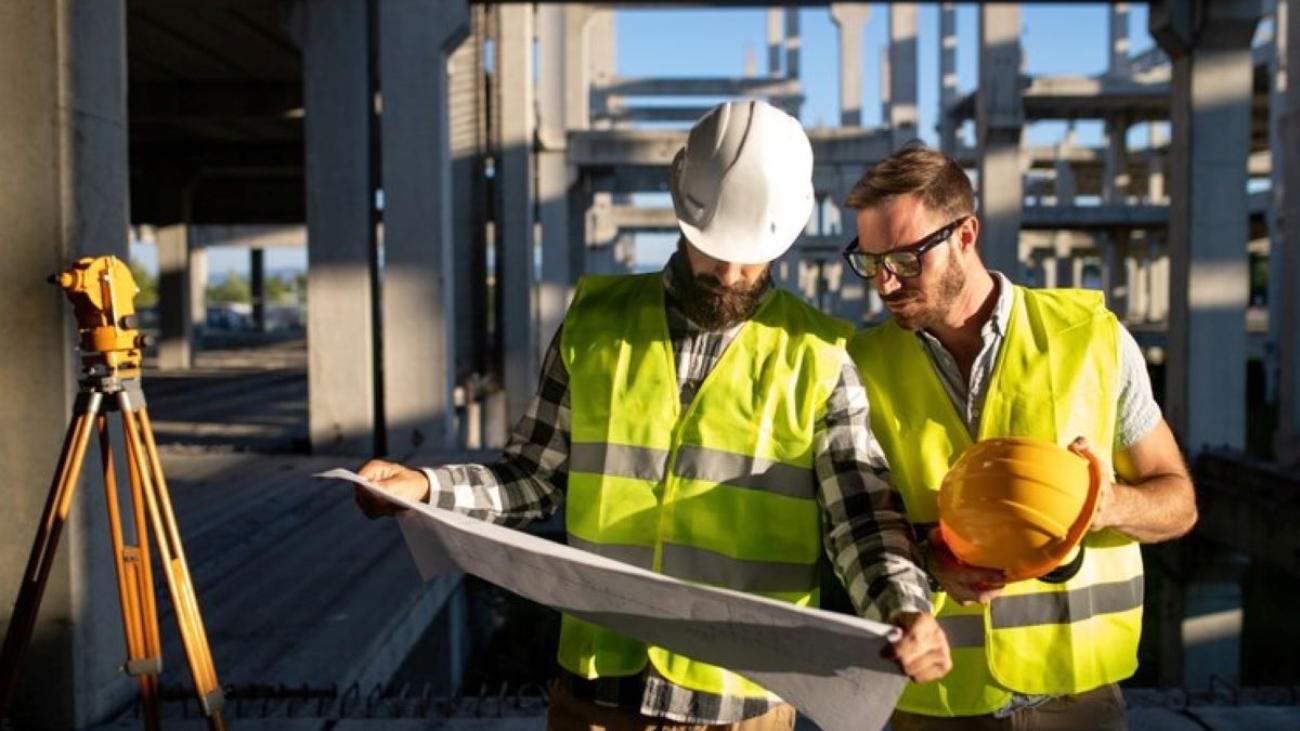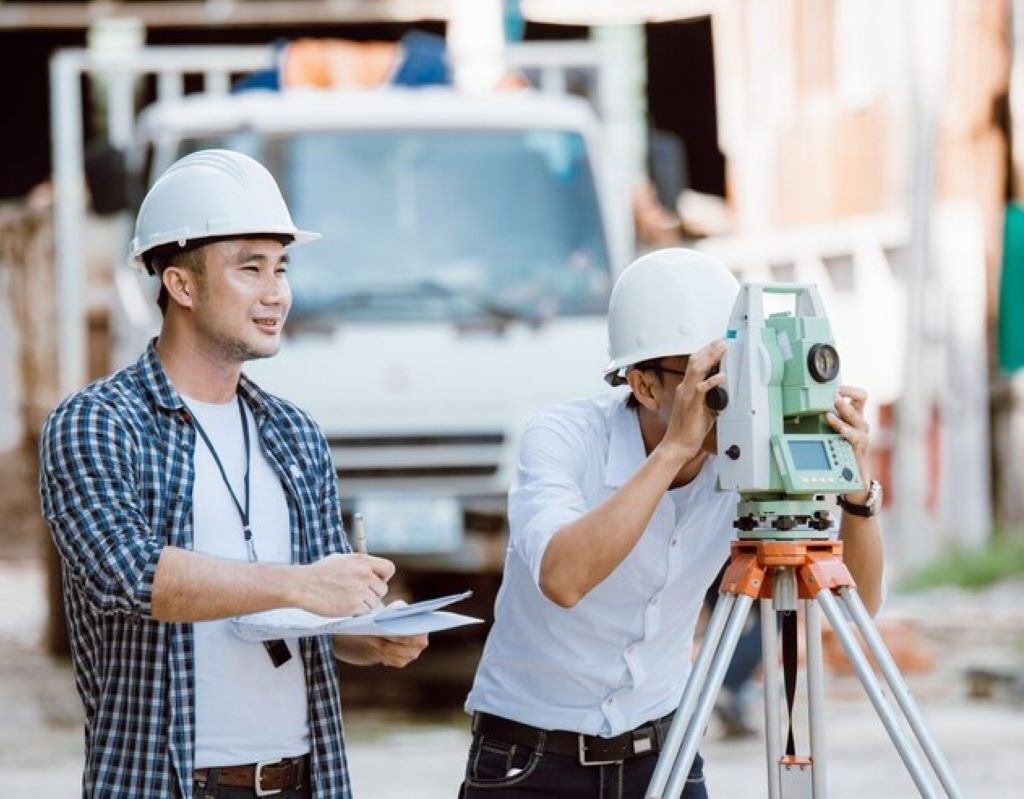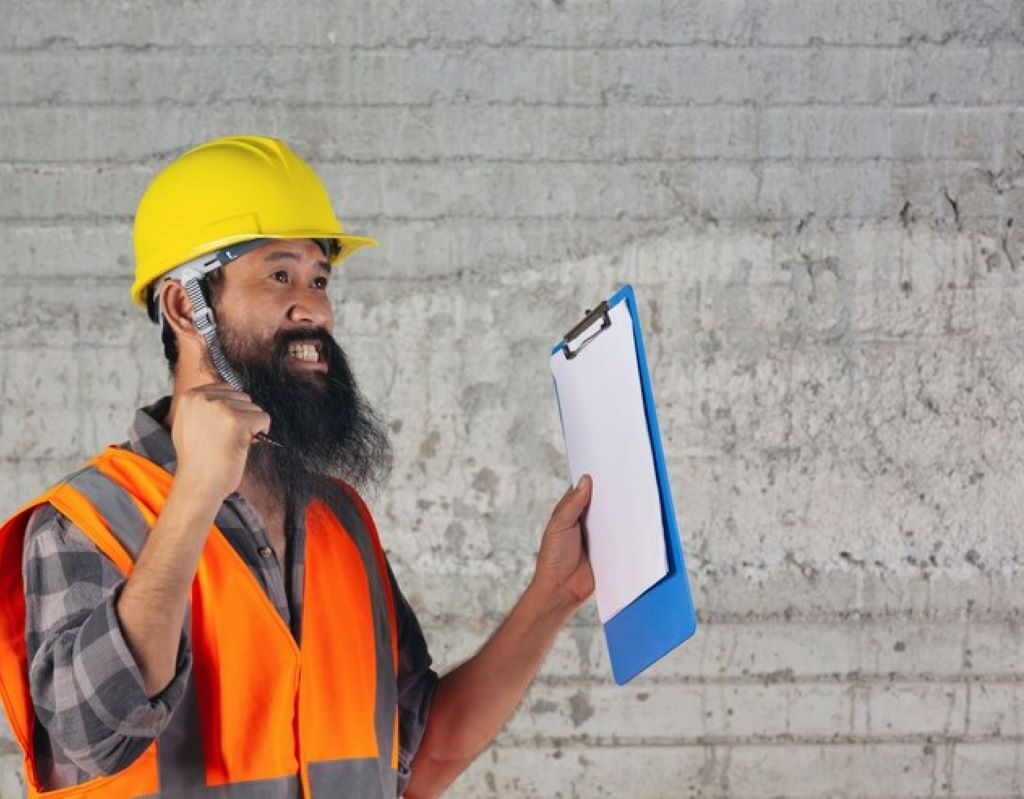In the realm of construction, effective planning is pivotal for the successful completion of projects. Surveying companies play a crucial role in facilitating this process by providing essential data and insights. Their expertise in various surveying techniques ensures that construction projects are built on solid foundations and that potential issues are identified and mitigated early on. This article delves into the multifaceted contributions of surveying companies in construction planning, highlighting their importance, methodologies, and the advancements shaping the industry.
Understanding the Role of Surveying in Construction
Surveying is a fundamental aspect of construction that involves measuring and mapping land. This process is not merely a preliminary step; it is integral to every stage of the construction lifecycle. Surveying companies conduct vital assessments that inform design decisions and influence the overall feasibility of a project.
The Importance of Accurate Surveying in Construction
Accurate surveying is indispensable to construction planning. It sets the groundwork, literally and figuratively, for any project. When surveying is performed accurately, it provides a reliable framework that architects and engineers can use to design structures. In contrast, inaccuracies in surveying can lead to significant delays, budget overruns, and legal disputes.
Moreover, precise surveying aids in defining property boundaries and land contours, which is essential for adhering to zoning regulations and ensuring that projects remain compliant with local laws. The financial ramifications of inaccurate surveying can be substantial, affecting everything from resource allocation to project timelines. Additionally, the implications of poor surveying can extend beyond financial losses; they can compromise safety, leading to structural failures or accidents on-site, which can endanger workers and the public alike.
Different Types of Surveying Used in Construction Planning
There are several types of surveying that play critical roles in construction planning, each with unique methodologies and purposes:
- Topographic Surveying: This method maps the features of the land, including elevations, slopes, and natural and man-made structures, to inform site development.
- Boundary Surveying: Essential for determining the precise lines of ownership and property limits, ensuring compliance with legal standards.
- Construction Stakeout: Used to lay out the proposed construction based on the design, identifying exact locations for foundations and critical points.
- As-Built Surveying: Conducted post-construction, this survey records the structure as built to verify compliance with the initial plans and report deviations if they exist.
In addition to these methods, modern surveying increasingly incorporates advanced technologies such as Geographic Information Systems (GIS) and drones. GIS allows for the integration of various data sets, enabling a more comprehensive analysis of the land and its features. Drones, on the other hand, can quickly capture aerial imagery and topographical data, significantly speeding up the surveying process while enhancing accuracy. The adoption of these technologies not only improves efficiency but also provides a wealth of information that can be invaluable in the planning and execution of construction projects.
Furthermore, the role of surveying extends into the realm of environmental considerations. Environmental surveys assess the impact of construction on local ecosystems, ensuring that projects are designed with sustainability in mind. This aspect of surveying is becoming increasingly important as regulations tighten and public awareness of environmental issues grows. By integrating environmental assessments into the surveying process, construction projects can mitigate negative impacts and promote responsible development practices.
The Process of Construction Surveying
The surveying process is systematic and involves several key stages that ensure thorough assessment and planning. From initial evaluations to detailed surveys, each step is crucial for a successful construction project.
Initial Site Assessment and Land Surveying
The first step in construction surveying is an initial assessment, which typically involves a land survey to gather preliminary data about the site. This survey looks at topographical features, existing structures, and site boundaries.
This information is essential for determining the site’s suitability for the proposed construction. Understanding the landscape helps in identifying any challenges, such as uneven terrain or environmental considerations, which must be factored into the design and execution of the project. Additionally, the initial assessment may also involve a review of local zoning laws and regulations, which can significantly influence the type of construction permitted on the site. By understanding these legal frameworks early in the process, surveyors can provide invaluable insights that help streamline planning and prevent potential legal issues down the line.
Detailed Surveying for Construction Planning
Once the initial assessment is complete, detailed surveying can commence. This phase may involve various advanced tools and technology to create highly accurate models of the intended construction site.
Surveyors often utilise GPS technology, laser scanning, and drones to gather data more efficiently and accurately. This comprehensive surveying enables engineers and architects to develop designs that reflect the realities of the site, drastically reducing the risk of errors during the construction phase. Furthermore, the data collected can be integrated into Building Information Modelling (BIM) systems, allowing for a collaborative approach among all stakeholders involved in the project. This integration not only enhances communication but also facilitates real-time updates and modifications, ensuring that all parties are aligned throughout the construction process. The use of such technology marks a significant advancement in the field of construction surveying, paving the way for more innovative and sustainable building practices.
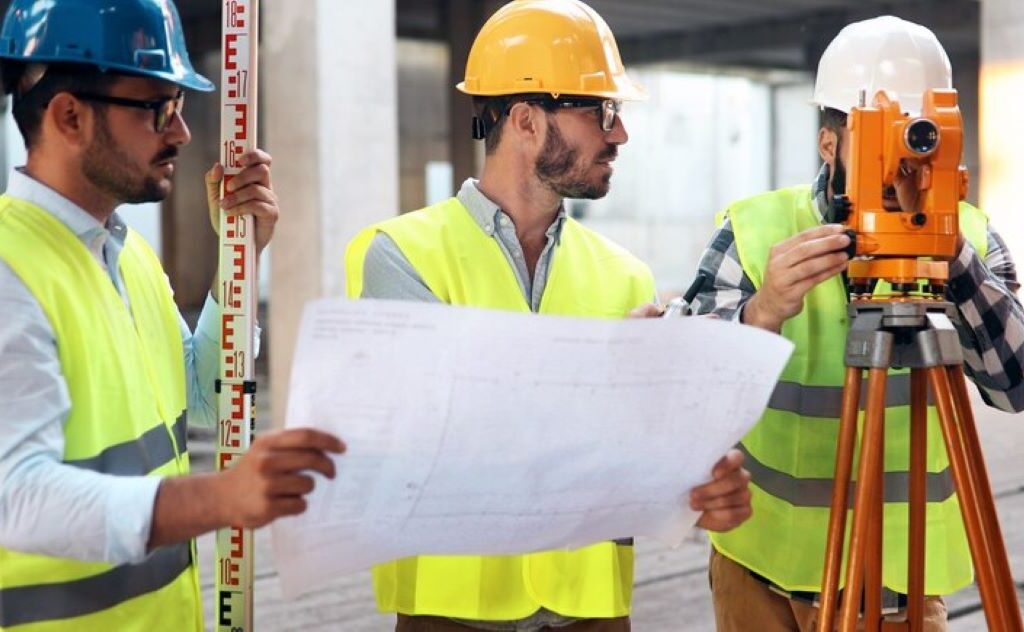
How Surveying Companies Contribute to Construction Safety
Safety is paramount in construction, and surveying companies play a vital role in ensuring that safety measures are integrated into project plans. Their expertise allows for the identification of hazards early in the planning process.
Identifying Potential Hazards Through Surveying
Through meticulous surveying, companies can pinpoint potential hazards that might pose risks to workers or the structure itself. For instance, surveying can reveal subsurface concerns like unstable soil or water table issues that could undermine structural integrity.
By identifying these hazards upfront, appropriate measures can be put in place, such as design modifications or additional safety protocols, to prevent accidents and ensure the well-being of construction personnel. Furthermore, the use of advanced technologies such as 3D laser scanning and drone surveying has revolutionised the way hazards are detected. These technologies provide a comprehensive view of the site, allowing for a more thorough analysis of the terrain and its potential risks. This proactive approach not only enhances safety but also optimises the construction process, as potential issues can be addressed before they escalate into costly delays.
Ensuring Regulatory Compliance with Accurate Surveying
Surveying companies also help ensure that construction projects comply with local, regional, and national safety regulations. Their expertise in navigating these regulatory landscapes is essential for avoiding legal complications.
Accurate surveying provides the necessary documentation to demonstrate compliance with building codes, zoning laws, and safety requirements, thus safeguarding the project from potential legal pitfalls that could arise from non-compliance. Additionally, surveying professionals often liaise with regulatory bodies, facilitating communication and ensuring that all necessary permits are obtained in a timely manner. This collaboration not only streamlines the approval process but also fosters a culture of safety and accountability within the construction industry. By prioritising compliance, surveying companies contribute to a safer working environment, ultimately benefiting not just the construction teams but also the communities in which these projects are developed.
The Impact of Surveying on Construction Costs
The financial implications of surveying are significant, with well-executed surveys often leading to cost savings throughout the construction lifecycle. Understanding how surveying can influence budgets is essential for any construction project manager.
How Surveying Can Prevent Costly Construction Errors
One of the most substantial benefits of accurate surveying is its ability to prevent costly errors. When the data collected from surveys is precise, it significantly reduces the risk of rework caused by mistakes in the design or execution phases.
Errors that stem from inaccurate measurements can lead to extensive delays and increase material and labour costs significantly. Therefore, investing in quality surveying can translate to considerable savings, negating potential financial losses associated with errors.
Moreover, the use of advanced technology in surveying, such as 3D laser scanning and drone surveys, has revolutionised the accuracy of data collection. These innovations not only enhance precision but also expedite the surveying process, allowing for quicker decision-making and project progression. By utilising these modern techniques, construction teams can identify potential issues early in the project timeline, further minimising the risk of costly errors and ensuring that the project remains on schedule and within budget.
The Role of Surveying in Budgeting and Cost Estimation
Surveying also plays a crucial role in the budgeting and cost estimation phases of a project. By providing accurate and detailed information about the site and design aspects, surveying allows for more precise estimations of costs.
This foundational data aids project managers in allocating resources effectively, setting realistic budgets, and ensuring that funds are used efficiently. Without accurate surveying data, budgeting becomes a guessing game, leading to potential financial shortfalls as projects progress.
Furthermore, the integration of Geographic Information Systems (GIS) into surveying practices enables project managers to visualise and analyse spatial data comprehensively. This capability not only enhances the understanding of site conditions but also facilitates better planning and risk assessment. By leveraging GIS technology, construction teams can anticipate challenges related to terrain, environmental factors, and existing infrastructure, leading to more informed financial decisions and ultimately promoting a smoother construction process. You may like to visit https://www.sl.nsw.gov.au/people-places/planning/understanding-building-design-and-construction-phases to understand building design and construction phases.
Technological Advancements in Construction Surveying
Recent advancements in technology have revolutionised the surveying landscape, bringing about increased efficiency and accuracy. It’s essential to explore these innovations shaping the future of surveying in construction.
The Use of Drones in Construction Surveying
Drones have emerged as a game-changer in the surveying industry. Their ability to capture aerial views and high-resolution images allows surveyors to conduct surveys more efficiently than traditional methods.
Using drones reduces the time and manpower required for large-scale surveys, enabling companies to assess larger areas without the need for extensive ground-based measurements. Moreover, the level of detail captured by drones often surpasses that of conventional methods, providing richer data for analysis.
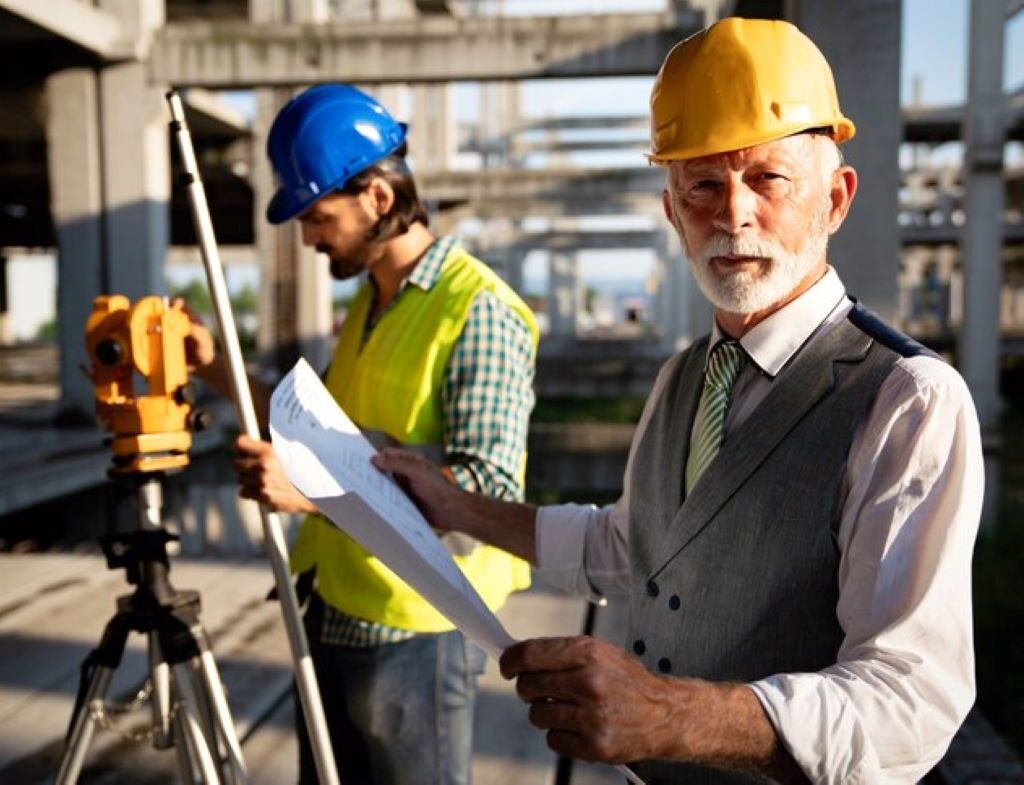
The Impact of Digital Mapping and 3D Modelling in Surveying
Digital mapping and 3D modelling have also transformed how surveying data is analysed and presented. These technologies enable surveyors to create detailed and comprehensive visual representations of the site, which can be incredibly useful for design and planning.
Through 3D modelling, stakeholders can visualise the project in a simulated environment, allowing for better decision-making and the ability to spot potential issues before construction begins. This proactive approach not only enhances the planning process but also contributes to the overall success of construction projects.
In conclusion, surveying companies play an indispensable role in construction planning. From accurate data collection to advanced technological applications, their contributions affect everything from safety to costs, ensuring that projects are completed successfully and efficiently. As technology continues to advance, the role of surveying in construction will undoubtedly evolve, cementing its position as a vital player in the industry.
More to Read : Everything You Need to Know About Construction Surveys

